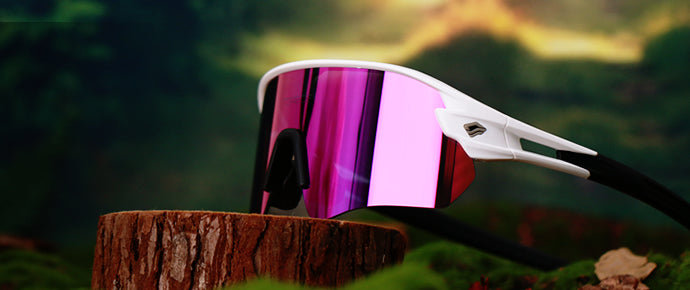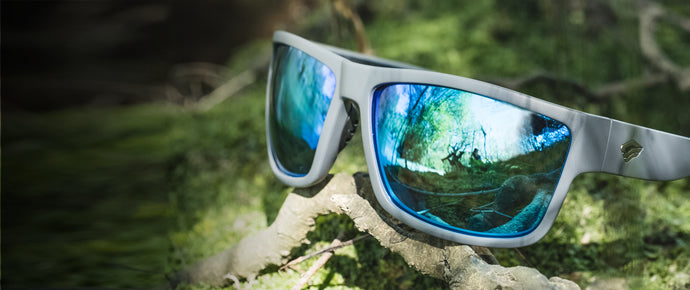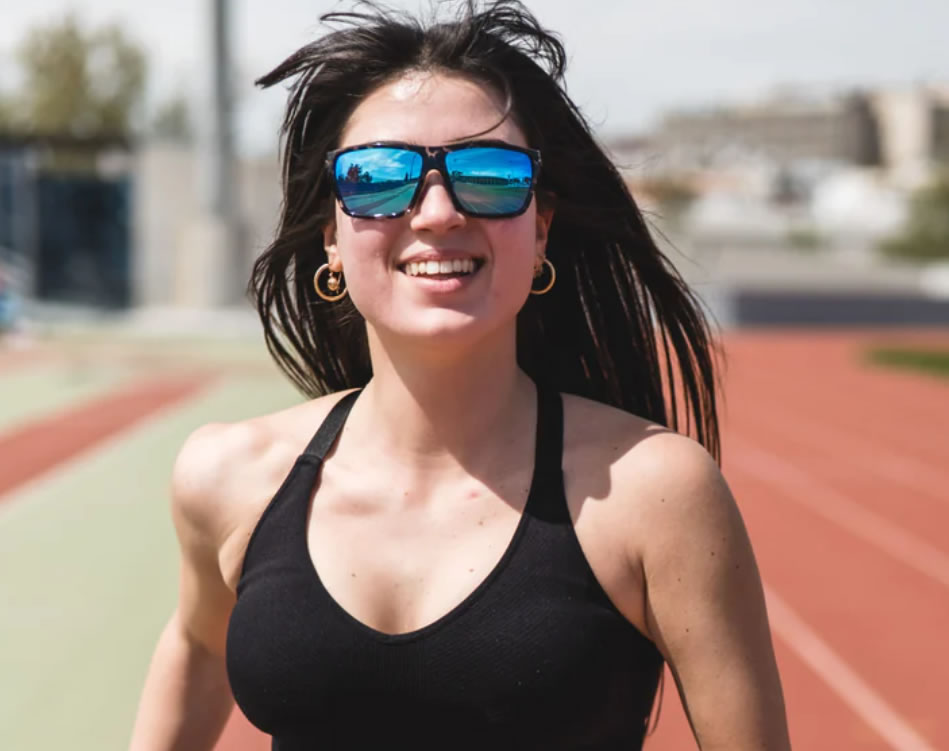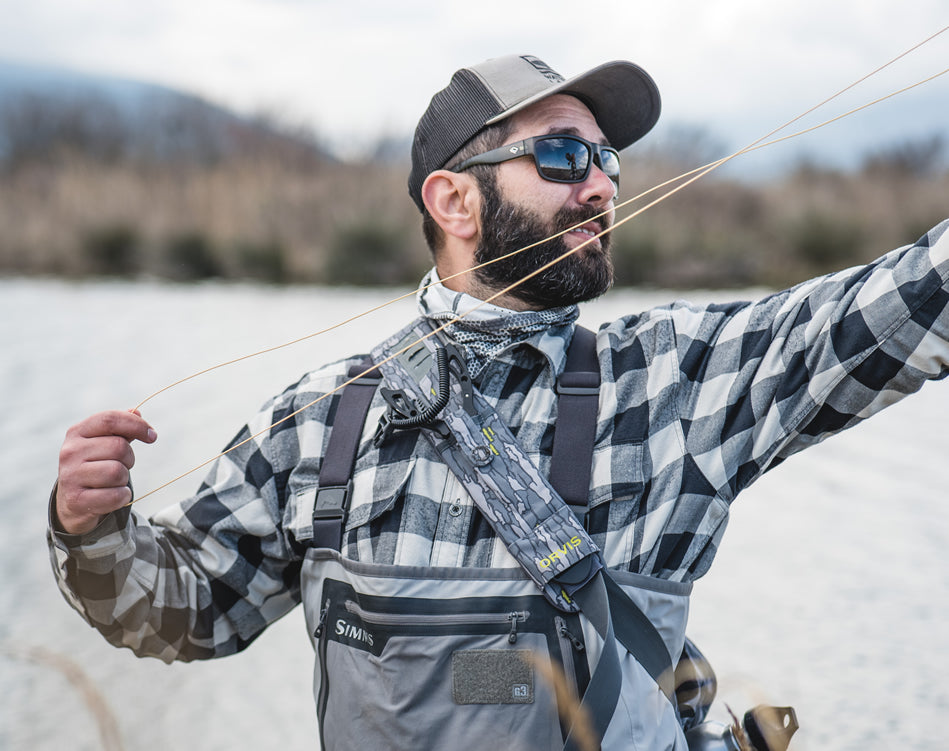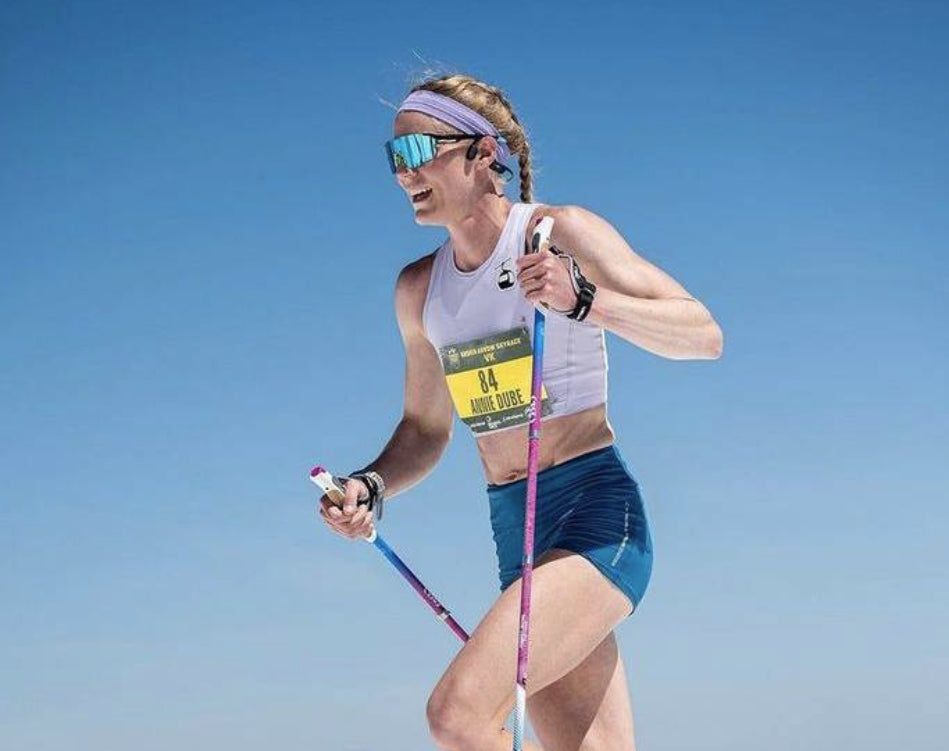It is necessary to understand the full responsibility for health when doing outdoor sports and wear sunglasses, no matter in winter or summer. But how to choose the right lenses for sports glasses? Let's talk about it.
What do lenses protect against
Ultraviolet radiation. High-quality sports glasses do not pass all types of ultraviolet rays: A, B, C (although only the first two pose a potential danger to humans). This applies even to those lenses that have no blackout at all.
Darkening does not affect UV protection. Tinting lenses prevents the passage of part of the visible spectrum of light and is necessary in order for the eyes to be comfortable in bright sunlight. Depending on how much the lens is darkened, it is assigned a certain index from 0 to 4.
S0 - pass 80-100% of visible light. These are transparent or almost transparent lenses. They are used in low-light conditions: at night and under the light of lanterns.
S1 - pass 43-80% of visible light. They are worn at dusk, under artificial lighting, and in cloudy weather.
S2 - pass 18-43% of visible light. They are optimal for variable clouds and cloudy weather.
S3 - pass 8-18% of visible light. Suitable for most outdoor activities in bright sunshine.
S4 - pass 3-8% of visible light. Such lenses protect the eyes from very bright light, in conditions of high altitudes, where the intensity of sunlight is an order of magnitude higher than at sea level. Glasses with the S4 filter category are not recommended for drivers to use. Through a dark filter, it is difficult to make out the color of the traffic light signal, road markings, and signs.


Photochromic lenses are a separate class. The level of dimming in them varies depending on the degree of illumination. In bright light, the lens darkens in a few tens of seconds, in dim light, it becomes more transparent.
Photochromic lenses have a large scope of application: for example, glasses with the S1-S3 category can be worn in cloudy and sunny weather without changing the lenses. Due to the fact that photochromic lenses need time to adjust to another level of dimming, it is not recommended to use them in dynamic sports with frequent changes of illumination when an athlete comes out of the dark into the light or vice versa.
Photochromic lenses have a large scope of application: for example, glasses with the S1-S3 category can be worn in cloudy and sunny weather without changing the lenses. Due to the fact that photochromic lenses need time to adjust to another level of dimming, it is not recommended to use them in dynamic sports with frequent changes of illumination when an athlete comes out of the dark into the light or vice versa.
From mechanical influences. Sports optics protects against a branch or a pebble that has flown into the eyes, jumped out from under the wheel of a passing car. All sports glasses with polymer-based lenses cope well with these tasks.
About optical properties of lenses
At first glance, all dark glasses seem similar, and many people do not understand why they should pay more if the cheapest glasses bought almost in the subway crossing are saved from UV radiation and direct sunlight. And here it is worth noting that brands specializing in the development of optics focus on the development of technologies to improve the quality of lenses and not on how to reduce the price as much as possible. If you plan to wear glasses for no more than half an hour a day on a regular walk, the optical properties of the lenses are not so important, but if the glasses are chosen for long-term use and for sports tasks, then it is definitely not worth saving. Cheap optics leads to rapid eye fatigue and can affect the safety of an athlete.


Optical correctness. Any lens somehow distorts the image, but the greater this distortion, the more tired the eyes become. In sports where you need to constantly monitor the changing environment: mountain biking, trail running, kayaking, the optical correctness of glasses affects the safety of the athlete.
Contrast. Lenses with different light filters — colored pigments in the material or colored coatings - are able to highlight the weakest scattered parts of the spectrum: yellow, orange, pink. This is how filters emphasize the surrounding environment: relief details or other objects.
Polarization. Removes glare from reflected light, which can dazzle more than direct sunlight. This is especially evident on wet asphalt, water, and in the mountains, during exits to a glacier or a snow-covered pass. Because of the glare, it is difficult to see the terrain, and the eyes water and get tired quickly. On the water, glare prevents you from seeing the bottom relief.
What are lenses made of
Made of polycarbonate. It is a lightweight, flexible and durable material. Lenses made of it protect the eyes not only from bright sunlight and UV rays but also from mechanical damage, for example from small stones. The advantages of polycarbonate lenses are low price and weight. Cons - the material scratches quickly, and the optical correctness is worse than that of glass.
Made of polymer NXT. Such lenses are superior to glass and polycarbonate in all respects, except for one thing - the price. These lenses are much more expensive than polycarbonate and glass ones.


What are the lenses covered with
The properties of sports glasses lenses can be improved if they are coated with special compounds. They are applied to most of the top-class glasses. Here are the most popular:
the oleophobic coating makes it easier to clean lenses from dirt and fatty secretions of human skin;
anti-fog reduces the risk of fogging glasses;
the water-repellent composition causes water droplets to roll off the lens surface, improving visibility, can be applied both on the outer wall of the lens and on both sides of it;
A mirror coating is used to darken and dim glare in non-polarized lenses.

We are happy to share this information with you, and remind you that Torege provides only high-quality sunglasses with full-spectrum UV protection lenses. They are made of TORIEX material which supplies the best vision while any activity. They are anti-cratching, anti-shock, don't fog up, and block any harmful light.
Save your eyes healthy with Torege.
